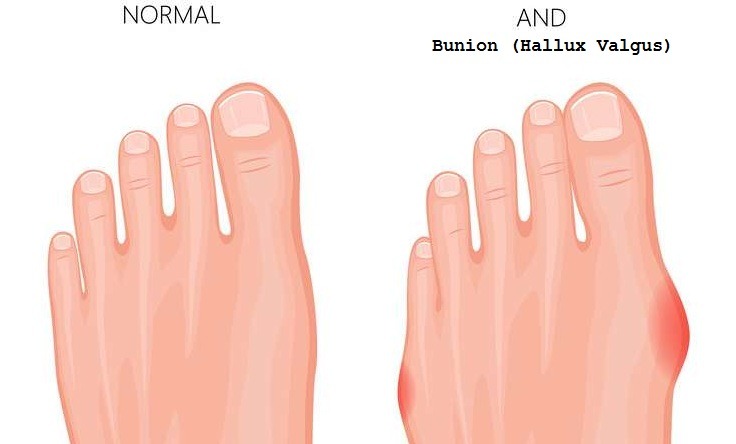CARPAL TUNNEL SYNDROME
It is the most common nerve compression disorder observed in Orthopedics Clinics. The cable (median nerve), which comes out from the cervical vertebrae traveling towards the first three fingers of the hand and the outer half of the 4th finger can get compressed in the canal called the carpal tunnel as it passes through the wrist. As the pressure inside the canal increases after compression, it may cause both movement and feeling disorders in the zones it reaches. These may be numbness in the hand and fingertips, night pains, and grasp weakness.
Diagnosis
The diagnosis is made by physical examination tests performed by the doctor according to the patient’s complaints. The nerve conduction test called EMG is effective and helpful in diagnosis. With MRI imaging, the presence of a mass and edema in the tunnel through which the nerve passes can be examined.
Treatment
The initial treatment is non-surgical, conservative treatment. In this treatment, if the patient’s complaints and examination findings are mild, wrist splints, activity regulation and in some cases, injections are used. Surgery is the treatment method for intermediate and advanced carpal tunnel syndrome. The aim is to reduce the pressure in the canal by opening the ceiling of the tunnel longitudinally, where the nerve is trapped inside. Surgery methods are open surgery, partial open surgery and endoscopic, or closed surgery, which can be considered as a form of this. The main disadvantage of open surgery when compared to closed surgery is that the surgical scar is more apparent, it causes more pain at the wound site, and the recovery period is longer. However, the possibility of complications is much less than closed methods.









